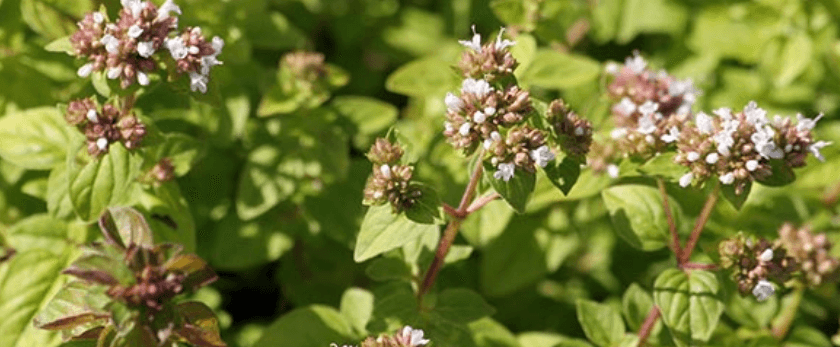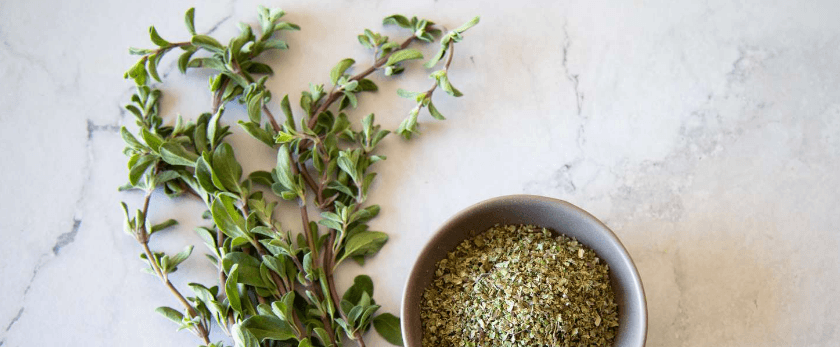Marjoram is a versatile and flavorful herb that is easy to grow in your own garden. Not only does it add a delicious taste to your dishes, but it also has many health benefits and can even attract beneficial insects to your garden. In this article, we will discuss how to care for marjoram, the best time to grow it, and common problems you may encounter. By following these tips, you can successfully grow marjoram and enjoy its many benefits.
How to Care for Marjoram
Watering
Marjoram is a drought-tolerant herb, so it does not require frequent watering. However, it is important to keep the soil consistently moist, especially during hot and dry weather. Water your marjoram plants deeply once a week, making sure the water reaches the roots. Avoid getting the leaves wet, as this can lead to fungal diseases. If you are growing marjoram in a container, make sure it has good drainage to prevent waterlogging.
Light
Marjoram thrives in full sun, so make sure to plant it in a spot that receives at least 6-8 hours of sunlight per day. If you are growing it indoors, place it near a sunny window or use grow lights to provide enough light for the plant to grow.
Soil
Marjoram prefers well-draining soil that is rich in organic matter. You can amend your soil with compost or aged manure before planting to provide the necessary nutrients for the plant to grow. Avoid using heavy or compacted soil, as it can lead to root rot.
Fertilizer
Marjoram does not require much fertilizer, but you can use a balanced organic fertilizer once a month during the growing season to promote healthy growth. Avoid using chemical fertilizers, as they can harm beneficial insects and pollute the environment.
Pruning
Regular pruning is essential for marjoram to maintain its shape and promote new growth. You can prune the plant throughout the growing season, but make sure not to remove more than one-third of the plant at a time. Pruning also helps prevent the plant from becoming woody and encourages it to produce more leaves.

What is the Best Time to Grow Marjoram?
Marjoram is a perennial herb, meaning it can survive for more than two years. It is best to plant marjoram in the spring after the last frost has passed. This will give the plant enough time to establish itself before the hot summer months. If you live in a warmer climate, you can also plant marjoram in the fall.
Common Problems with Marjoram
Pests
Marjoram is generally pest-resistant, but it can attract aphids, spider mites, and whiteflies. You can control these pests by regularly inspecting your plants and removing any affected leaves. You can also use natural remedies such as neem oil or insecticidal soap to get rid of pests.
Diseases
Marjoram is susceptible to fungal diseases such as powdery mildew and root rot. To prevent these diseases, make sure to provide good air circulation around the plant and avoid overwatering. If you notice any signs of disease, remove the affected parts of the plant and treat it with a natural fungicide.
Overcrowding
Marjoram plants can grow up to 2 feet tall and spread up to 1 foot wide. It is important to give them enough space to grow and avoid overcrowding. If your plants are too close together, they can compete for nutrients and water, leading to stunted growth and increased susceptibility to diseases.
Conclusion
Growing marjoram is a rewarding experience that can add flavor to your dishes and attract beneficial insects to your garden. By following these tips on how to care for marjoram, you can successfully grow this versatile herb in your own garden. Remember to use organic methods and responsible disposal methods for a sustainable future. Happy gardening!










